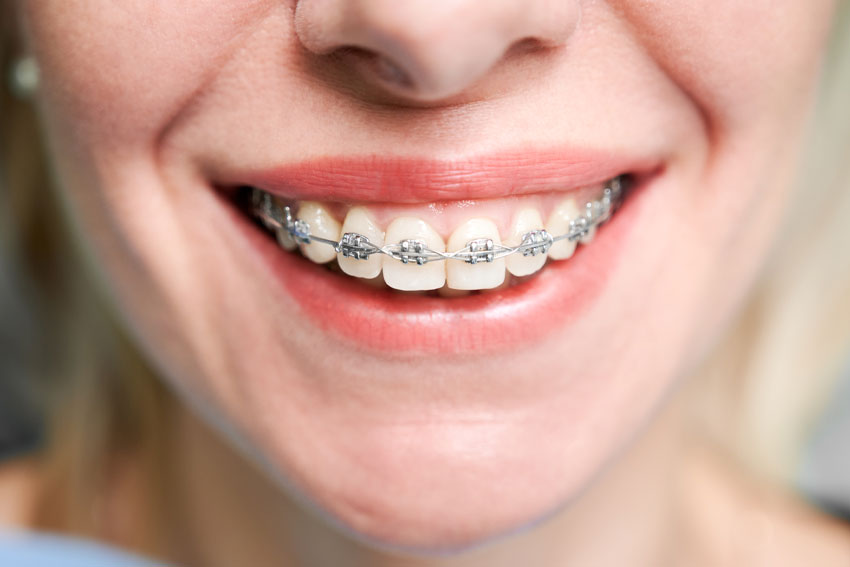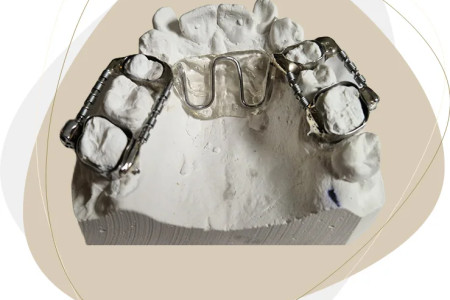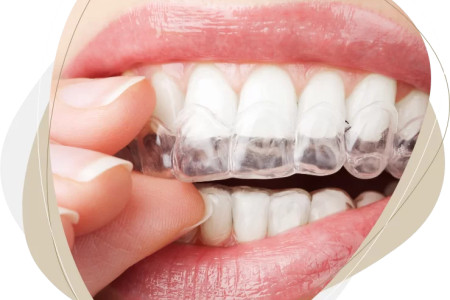Consider factors such as the severity of misalignment, budget, and personal preferences. Traditional metal braces are durable and effective for various orthodontic issues, while ceramic braces offer a less noticeable alternative with tooth-colored brackets. Additionally, lingual braces are placed on the inner surface of teeth, making them virtually invisible from the outside.
Furthermore, inquire about the treatment duration and maintenance requirements associated with each type of braces. Some options may require more frequent adjustments or special care routines. It's crucial to weigh these factors against your lifestyle and commitments to ensure a smooth orthodontic journey. Additionally, discuss any potential discomfort or dietary restrictions that may accompany certain types of braces. Understanding these aspects can help you make an informed decision and better prepare for the treatment process.
Lastly, consider the long-term results and potential benefits of orthodontic treatment beyond just achieving a straighter smile. Properly aligned teeth contribute to better oral hygiene, reducing the risk of tooth decay, gum disease, and jaw issues. Investing in orthodontic braces is an investment in your overall dental health and self-confidence. By carefully evaluating your options and consulting with a trusted orthodontist, you can embark on a path towards a healthier, more beautiful smile that lasts a lifetime.




